Lenovo's new Go Wireless Vertical Mouse and Split Wireless Keyboard use cork and are totally wild
Ergonomically designed and featuring cork, Lenovo's new office accessories are strangely super satisfying.
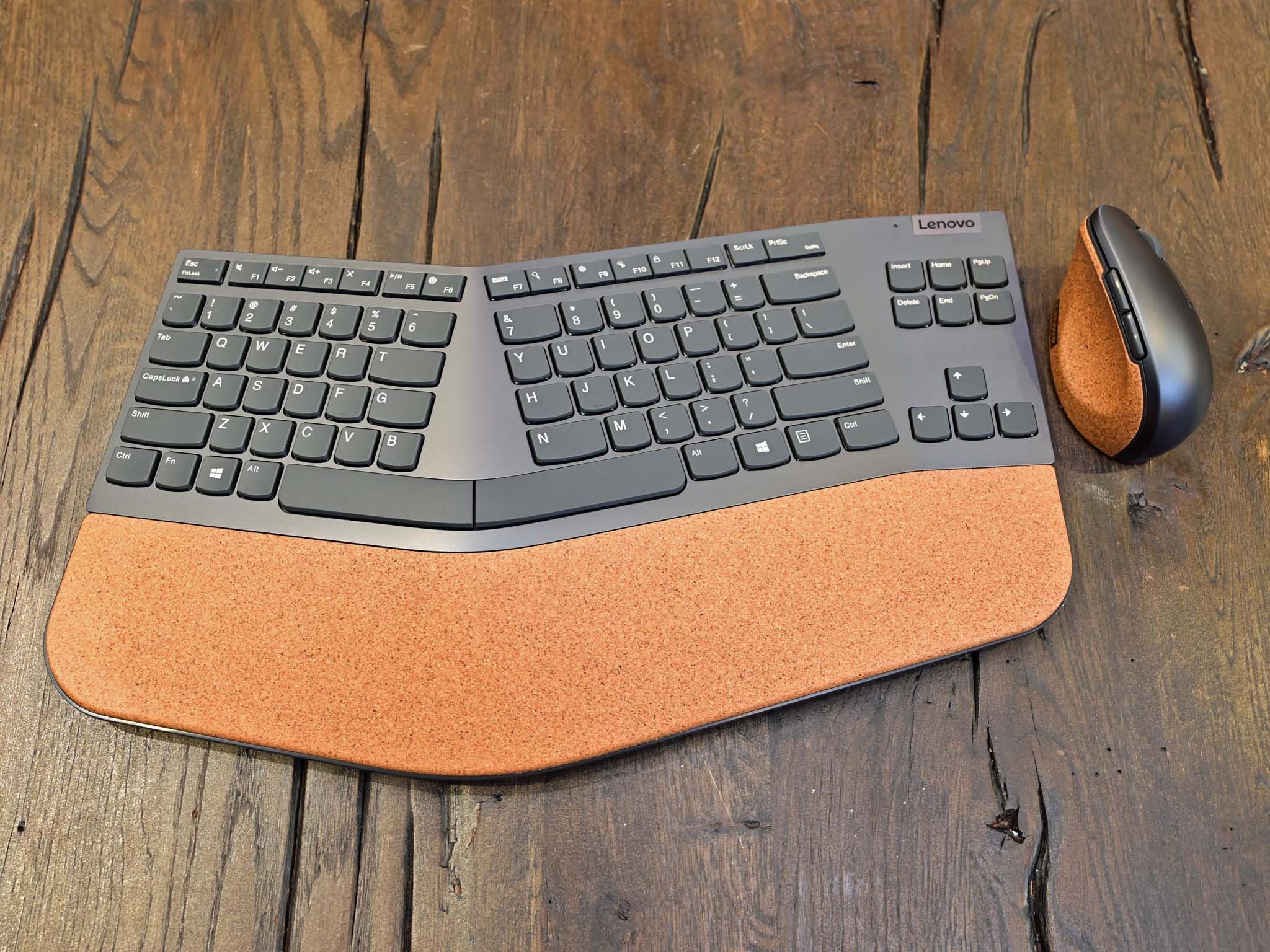
What you need to know
- Lenovo has announced a new Go Wireless keyboard, mouse, and number pad.
- The mouse is vertically oriented, and the keyboard is split, making them super comfortable and ergonomic.
- The mouse is available in August, while the keyboard and number pad comes out in October.
Lenovo is announcing a lot of new products today, not surprising for the world's top PC shipper and who just crushed last quarter's earnings. But of all the new things I got to see in New York City recently, it was its new Go Wireless Vertical Mouse and Split Wireless Keyboard that piqued my interest.
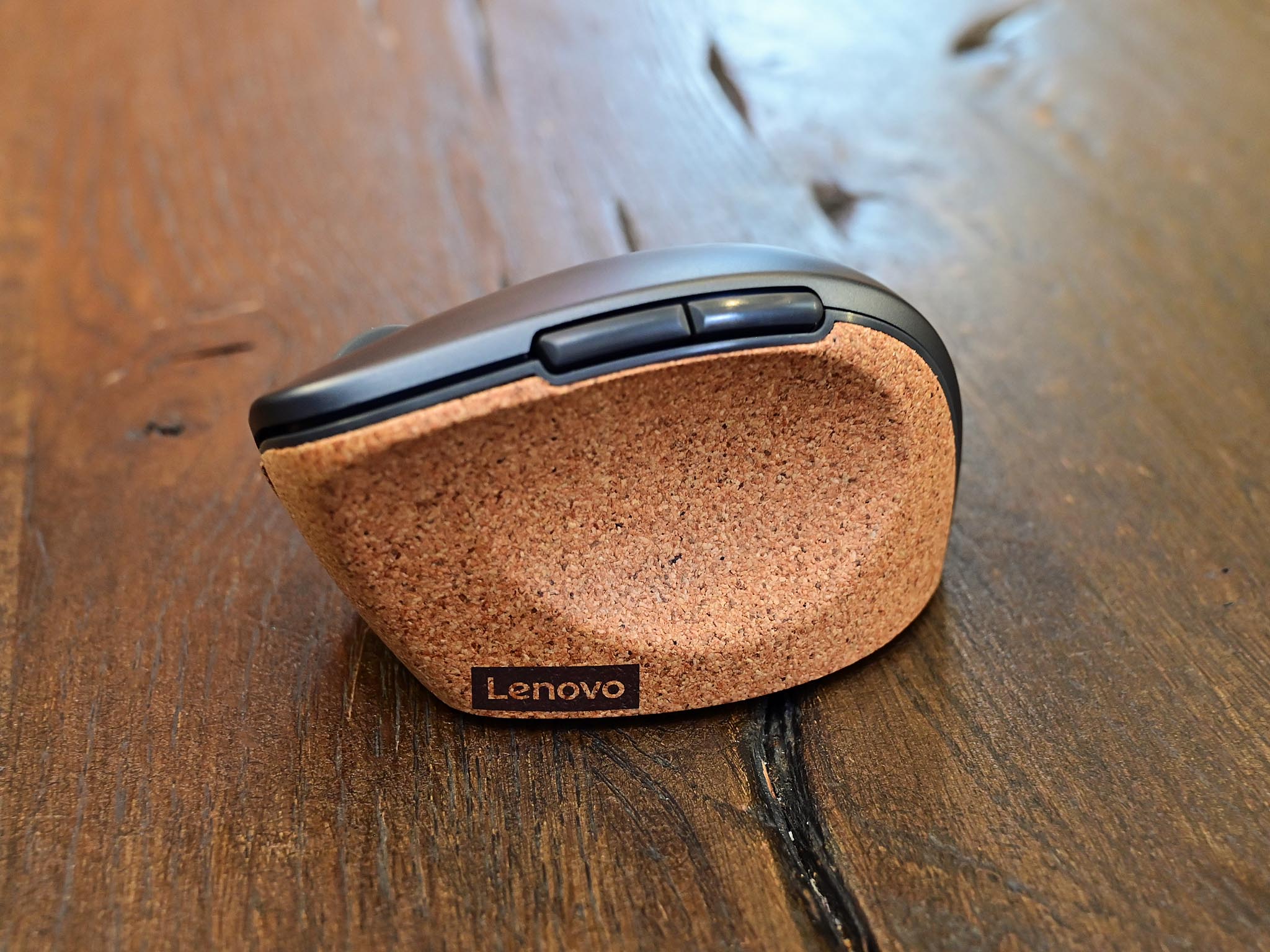
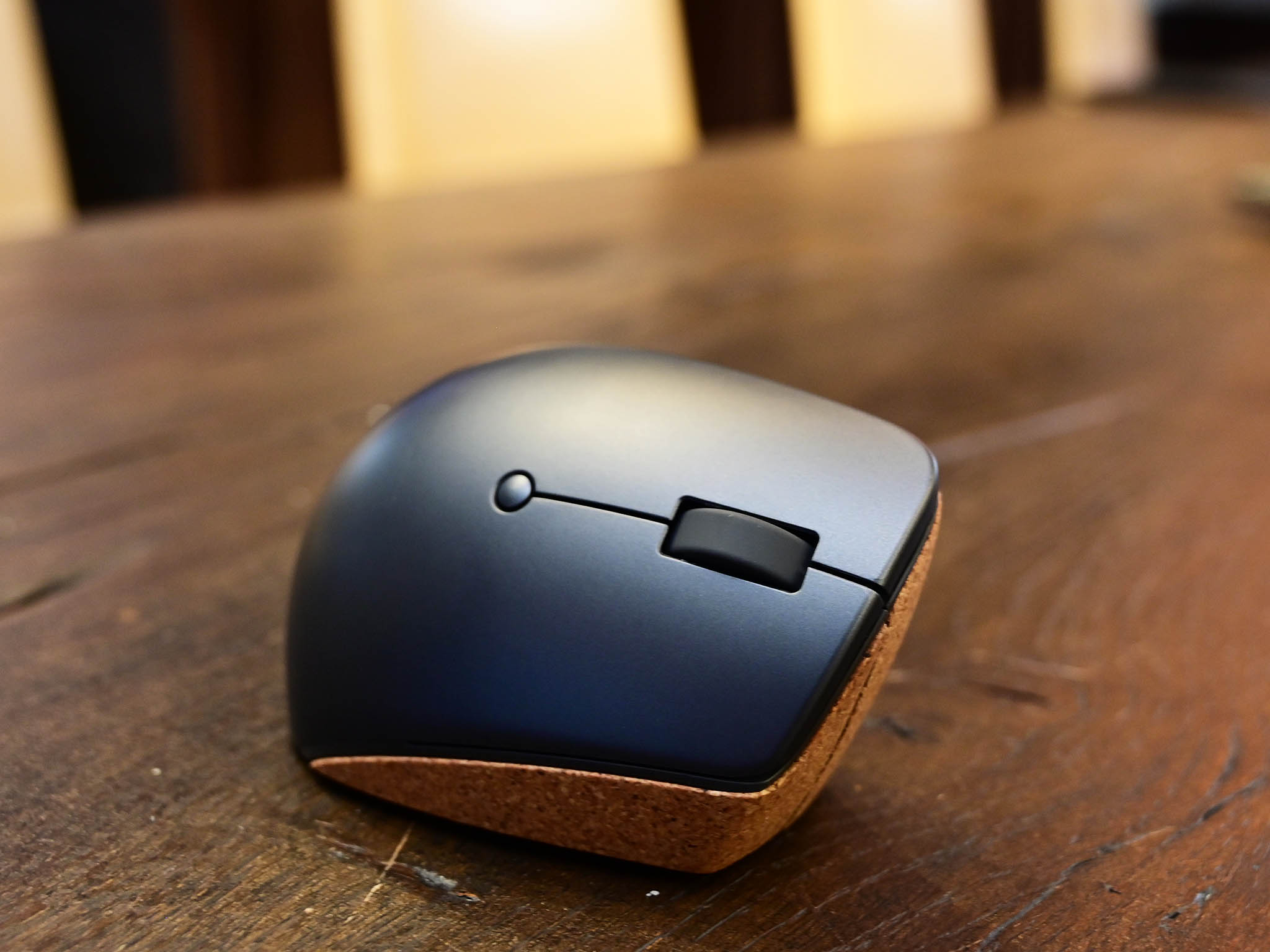
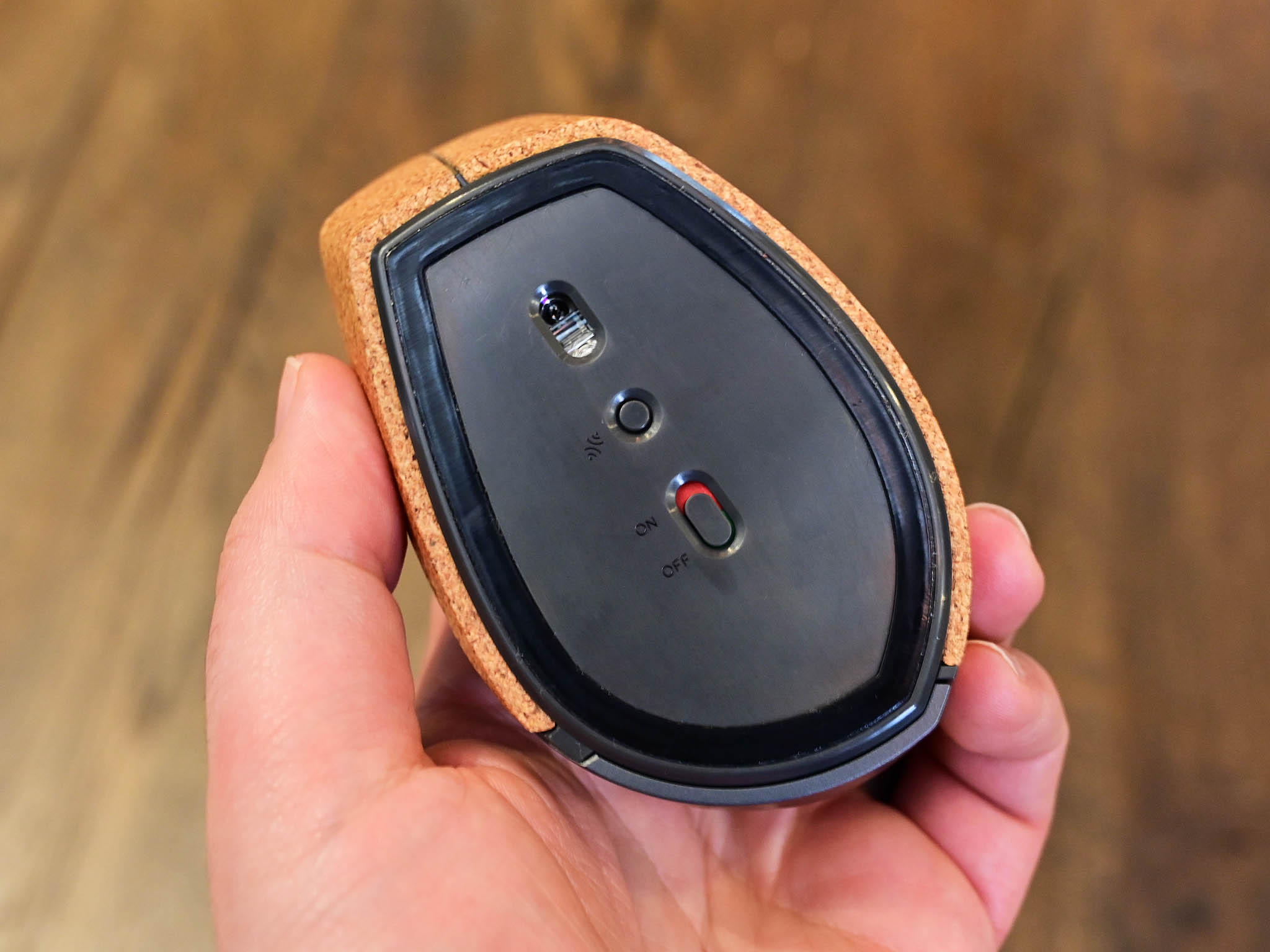

First up, let's get it out of the way. These wireless accessories use "UV-coated cork material" as their base, which is pretty strange yet works for comfort. I also assume it holds up better than Microsoft's Alcantara on its Sculpt Ergonomic Keyboard, which is prone to, ahem, browning.
The Go Wireless Vertical Mouse is reminiscent of Logitech's recent MX Vertical mouse, a design I'm frankly thrilled to see repeated. Lenovo claims this design has "a natural "handshake" position that reduces wrist pressure and forearm strain," and they're not wrong. In addition, it is super comfortable to use, more so than your standard two-button top-down mouse.
For specs, the Go Wireless Vertical Mouse features a modest 2,400 dots per inch (DPI) but does feature six programmable buttons. So while you won't be gaming with it, it does seem perfect for the dedicated office worker who needs an excellent mouse that won't cause RSI (repetitive stress injury).
That DPI can be adjusted on the fly between 800, 1,600, and 2,400 too. The whole thing is powered by a single AA battery, which should last up to one year. The wireless connection relies on a 2.4GHz wireless dongle, which is going to be much more reliable than Bluetooth.

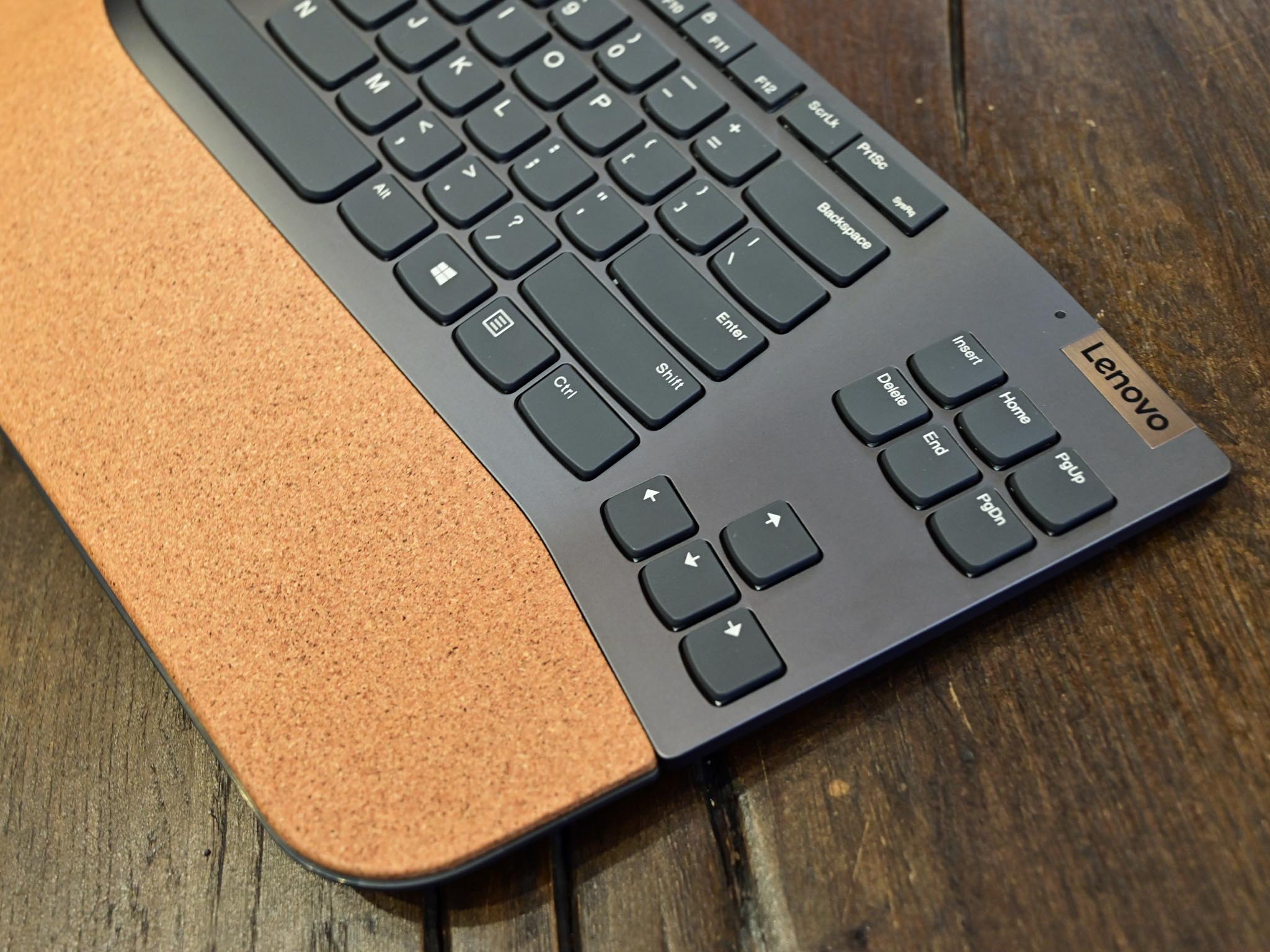
Matching that funky mouse is the Lenovo Go Wireless Split Keyboard. It is similar to Microsoft's aforementioned Sculpt Ergonomic, but is black, uses the cork, and is not four years old at this point. It relies on a wireless connection and felt quite nice to use. Ergonomic split keyboards take time to get used to, but everyday typists who stick to one PC absolutely appreciate its benefits since it causes less strain on the wrists.
The keys are scissor-switch, tactile, and feature a roomy 1.6mm of travel distance. Unsurprising from Lenovo, which is known for making great keyboards in general. That pedigree also means it is spill-resistant and easy to wipe down and clean.
All the latest news, reviews, and guides for Windows and Xbox diehards.
The Go Wireless Split Keyboard is powered by two AA batteries, which is expected to last two years. The connection is powered by a 2.4GHz dongle and supports Lenovo's Unified Pairing Dongle, meaning you should be able to use one for the keyboard and mouse, saving space on your PC.
Finally, Lenovo has a matching wireless one (sans cork) for those who love number pads that you can get to complete the set.
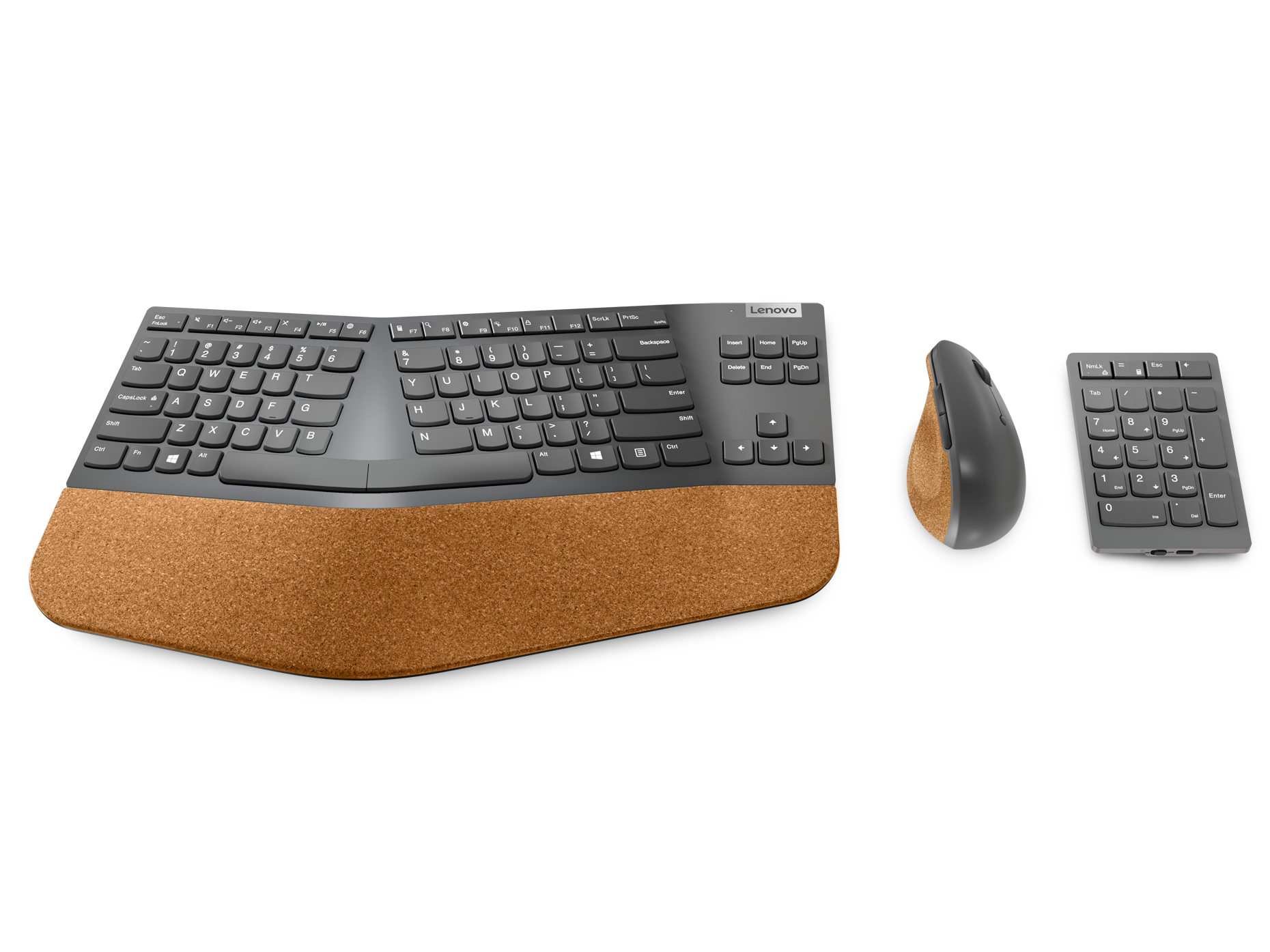
As to pricing and availability, none of these hurt the wallet:
- Lenovo Go Wireless Vertical Mouse starts at $49.99 and is available in August.
- Lenovo Go Wireless Split Keyboard begins at $89.99 and is available a bit later in October.
- Lenovo Go Wireless Numeric Keypad is also $49.99 and comes out in October.
Look for my review around that time as I'm a big fan of these new toys from Lenovo.

Daniel Rubino is the Editor-in-chief of Windows Central. He is also the head reviewer, podcast co-host, and analyst. He has been covering Microsoft since 2007 when this site was called WMExperts (and later Windows Phone Central). His interests include Windows, laptops, next-gen computing, and wearable tech. He has reviewed laptops for over 10 years and is particularly fond of 2-in-1 convertibles, Arm64 processors, new form factors, and thin-and-light PCs. Before all this tech stuff, he worked on a Ph.D. in linguistics, performed polysomnographs in NYC, and was a motion-picture operator for 17 years.
